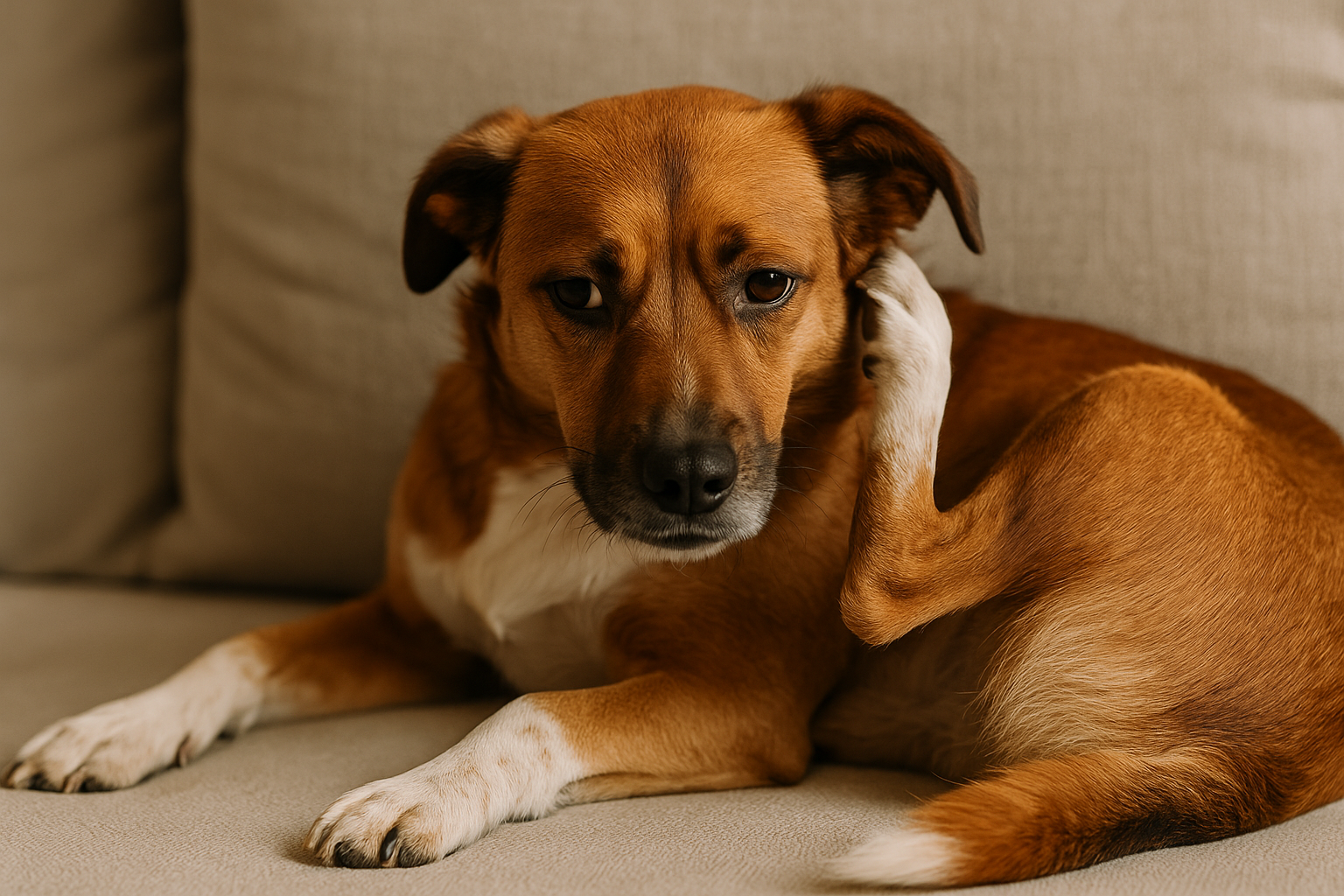Signs Your Dog Might Have a Food Sensitivity (+ What To Do About It)
As dog parents, we do everything we can to keep our pups happy, healthy, + thriving. But what happens when your dog’s body doesn’t agree with what’s in their bowl?
Food sensitivities in dogs are more common than you might think + unlike true food allergies (which cause immediate immune reactions), sensitivities can show up subtly + build over time. Knowing the signs can help you identify a problem early + get your pup feeling their best again.
Common signs of food sensitivities in dogs:
1. Itchy Skin or Chronic Ear Infections
Constant scratching, licking paws, rubbing their face, or frequent ear infections might point to an underlying food sensitivity, especially if these issues come + go.
2. Digestive Upset
Loose stools, excessive gas, bloating, or intermittent vomiting can be signs your dog’s digestive system isn’t tolerating something in their food.
3. Red, Irritated Eyes or a Dull Coat
A healthy dog should have a shiny coat + bright eyes. If your dog’s eyes look red or their coat becomes dry, flaky, or patchy, food may be the culprit.
4. Behavioral Changes
Did your normally calm dog become restless or irritable? Food sensitivities can affect energy levels + mood, just like in people.
5. Chronic Licking or Chewing at Their Feet
This is one of the most overlooked symptoms. If your pup is constantly licking or chewing at their paws—even when they’re clean—it could be a sign of internal inflammation caused by their diet.
What Causes Food Sensitivities?
Often, it’s not the meat proteins themselves, it’s the additives, fillers, + artificial preservatives found in commercial dog foods.
Common sensitivity triggers include:
Chicken or beef by-products
Corn, wheat, + soy
Artificial flavors + colors
Dairy, eggs, or gluten
Even a “healthy” looking kibble may contain hidden irritants that your dog’s body can’t process properly.
What Can You Do About It?
If you suspect your dog has a food sensitivity, here’s what to do:
1. Keep a Symptom Diary
Track what your dog eats + how they react afterward. Note any changes in energy, stool, skin, or behavior. This can help you (+ your vet) spot patterns + potential triggers.
2. Try an Elimination Diet
Remove common allergens like chicken, beef, dairy, wheat or soy from your dog’s diet for several weeks. Slowly reintroduce ingredients one at a time to see what causes a reaction.
3. Switch to a Fresh, Limited Ingredient Diet
Feeding your dog a simplified, whole-food diet with just a few ingredients can help reduce inflammation + digestive upset. Look for food options that are free of additives + artificial ingredients + that clearly list every component on the label.

